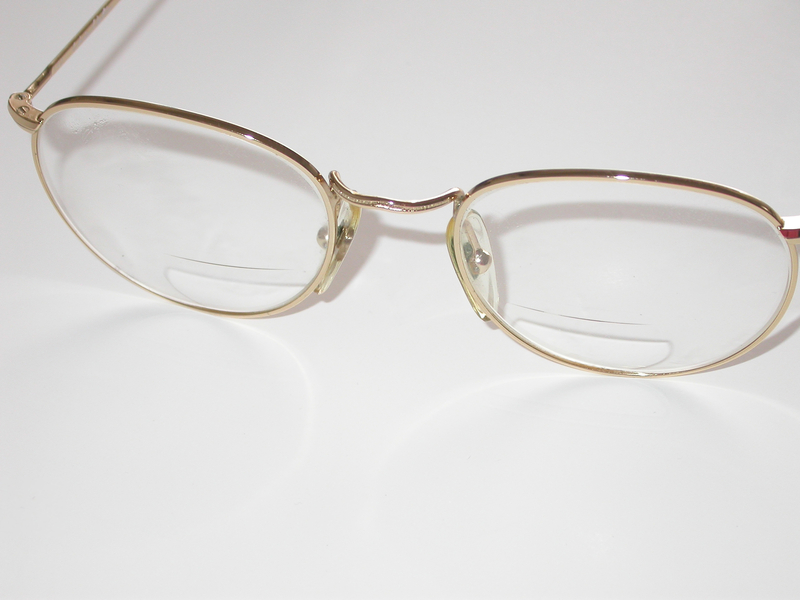Bifocals vs varifocals- choosing the right glasses for your needs
Ever since the eye industry is booming, the engineers and eye physicians are working to bring easy and portable aids. Since the launching of varifocals in the market, the buyers are double minded if they chose bifocals or varifocals. Here is the comprehensive guide covering bifocals vs varifocals.

Bifocals and varifocals
The bifocals are the type of eyeglasses that contain two distinct optical powers for a single lens. They are specifically designed for presbyopic people. The upper section of such glasses helps to correct distant vision. The lower section of these glasses helps in performing near tasks e.g. reading. A large percentage of people prefer single bifocal eyeglasses than carrying two separate glasses for distance and near vision.
The varifocals lenses have a smooth gradient of optical power across the surface, allowing wearers to see clearly at various distances (near, distance and intermediate) without the visible lines associated with bifocals.

What is more budget-friendly
Bifocals are often more affordable than varifocals, making them a budget-friendly choice. The cost of bifocals and varifocals can vary. It depends upon several factors, including the type of lenses, the brand, the prescription strength, the frames and where you purchase them. On average, you can expect to pay anywhere from $100 to $400 or more for bifocal lenses and $200 to $600 or more for varifocal (progressive) lenses.
Transition of powers
The division between the near and distance sections is well-demarcated, allowing for a clear transition between the two prescriptions in bifocals.

On the other hand, varifocals have no visible lines of demarcation for power change on their lenses.
Which is more aesthetically appealing
The no clear demarcation line in varifocals make them aesthetically appealing in the eyes of buyers than bifocals. The bifocals contain visible demarcation line at the point of transition of power for distance and near vision.
Intermediate distance
The bifocals are meant for clear near and distance vision. They make the objects at an intermediate distance blur. Hence they are not suitable for intermediate distances.
On the other hand, varifocals are best for modern multifocal solutions as they help to see clearly at intermediate distance as well.
Stability
The new varifocal users often complain that they are having difficulty in adjusting to varifocals as they feel distortion in their periphery. This is because are not using the certain part of varifocal lens for this gaze properly. It is often advised to use varifocals continuously for 2 weeks. After this time the person understands how to use and how to see at different positions using different parts of the same lens. The gradual decrease of power in varifocals often makes people to get stability with varifocals after like 2 weeks. On the contrary, bifocals do not have such an issue.
Adaptability
Adapting to varifocals may require some patience, while bifocals offer a more immediate adjustment. But once the wearer adapts himself to wearing varifocals, varifocal wearers can enjoy clear vision at any distance without the need to switch between multiple pairs of glasses.
Invention of bifocals and varifocals
Bifocals were invented by Benjamin Franklin. He created them in the 1780s to address his own vision problem, which required him to switch between two pairs of glasses for near and far vision. Varifocals were not invented by a single individual but were developed through a series of advancements in lens technology and optics over several decades.
Founder of EyesMatterMost- an optometry student who loves talking about eyes. I tend to cover topics related to optometry, ophthalmology, eye health, eyecare, eye cosmetics and everything in between. This website is a medium to educate my readers everything related to eyes.

